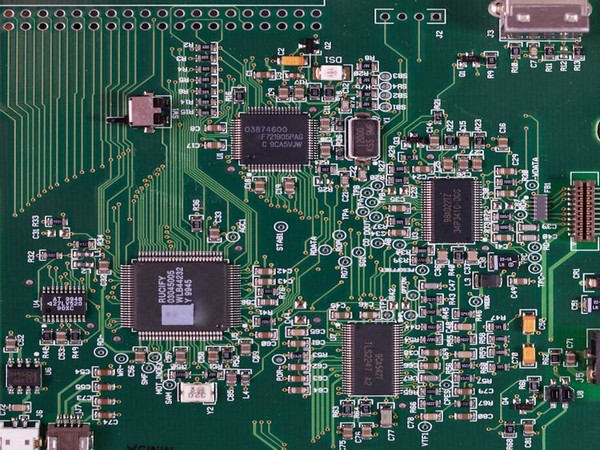Transforming Mobile Networks with AI
In a groundbreaking collaboration, Ericsson’s Cognitive Network Solutions has partnered with Amazon Web Services (AWS) to innovate AI technologies designed for self-healing mobile networks. This alliance aims to enhance the resilience and efficiency of telecommunications networks, particularly in the era of 5G.

This initiative focuses on leveraging advanced AI capabilities to proactively identify and resolve network issues. By implementing self-healing technologies, operators can significantly reduce downtime and improve service quality for users. The integration of AI in network management opens new possibilities for enhancing operational efficiency and customer satisfaction.
Future of Telecommunications
As the demand for reliable mobile connectivity increases, partnerships like this become crucial. They demonstrate how leading tech companies can effectively collaborate to address the challenges of modern telecommunications. With Ericsson and AWS at the forefront, the future of mobile networks looks promising and more resilient than ever.








